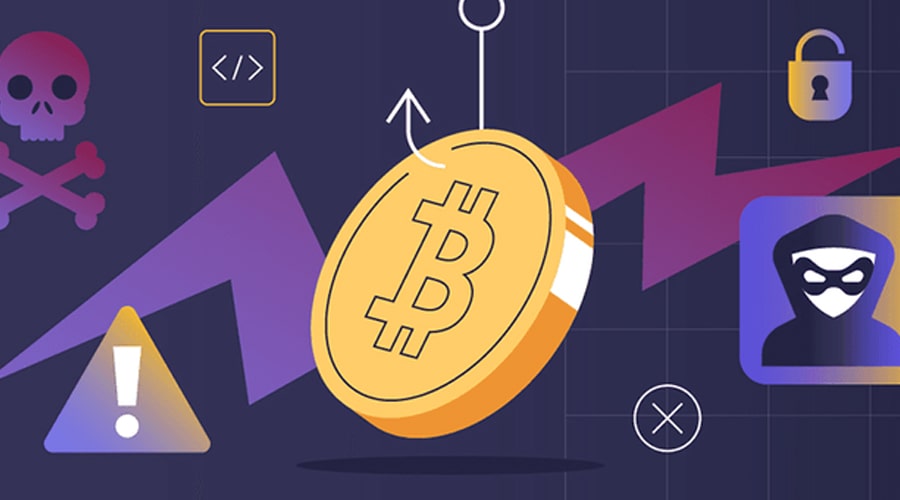
According to published reports, in 2024, phishing attacks and thefts of digital wallets peaked, resulting in approximately $500 million stolen from users. These attacks affected over 330,000 addresses, showing a 67% increase in complexity compared to 2023. The platform Scam Sniffer reported that in the first quarter of 2024, the highest damage of $187.2 million with 175,000 victims occurred. The worst month was March with $75.2 million in losses. In the second and third quarters, a total of $257 million in losses and 90,000 victims were recorded. However, in the fourth quarter, there was a significant drop with $51 million stolen from 30,000 victims, indicating increased user awareness and improved security by the end of the year. Large-scale thefts remained problematic, with 30 incidents causing over $1 million in damages, totaling $171 million. In the first half of the year, smaller thefts between $1 to $8 million were prevalent, but larger attacks occurred in the second half. August and September accounted for more than half of the total losses from major thefts in the year. Ethereum blockchain suffered the most damage, followed by networks like Arbitrum, BSC, Binance Smart Chain. Staking tokens and re-staking tokens were most affected by these attacks, followed by stablecoins and assets like Aave and Pendle. In the first half of the year, three main groups named Angel, Pink, and Inferno were most active in wallet draining. Angel led with 41%, while Pink and Inferno accounted for 28% and 22% respectively. In May, Pink exited the market, and Angel surpassed Inferno in the fourth quarter, gaining more dominance. The sharp rise in these attacks in 2024 highlights the need to enhance security and educate users to reduce risks in the digital currency sector. On the real-time digital currency price page, you can monitor the prices of all tokens and cryptocurrencies live and instantly.





